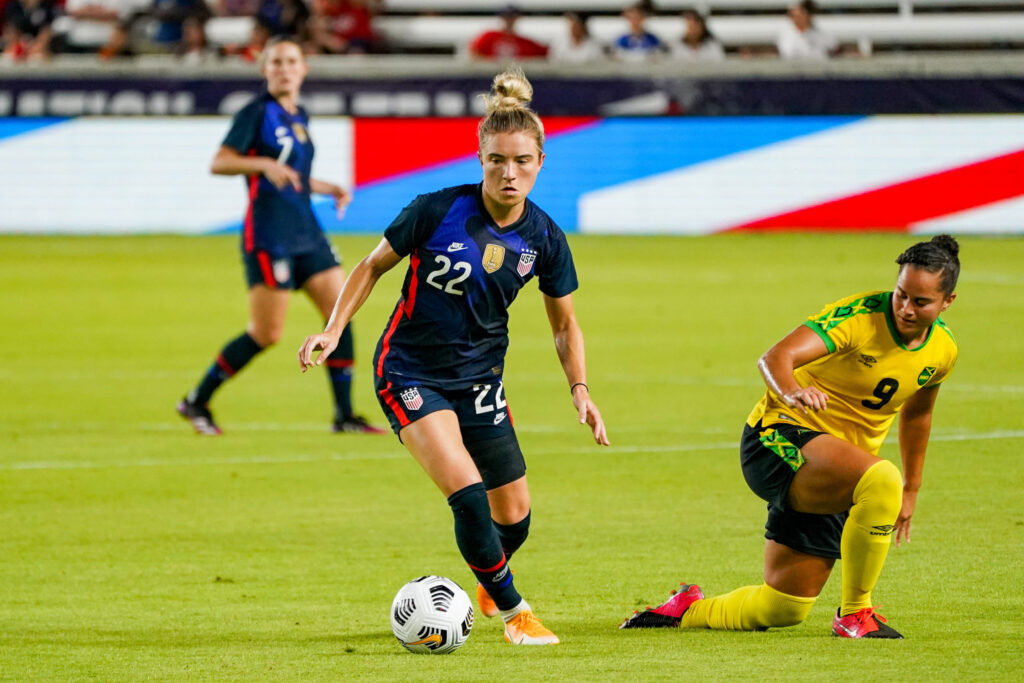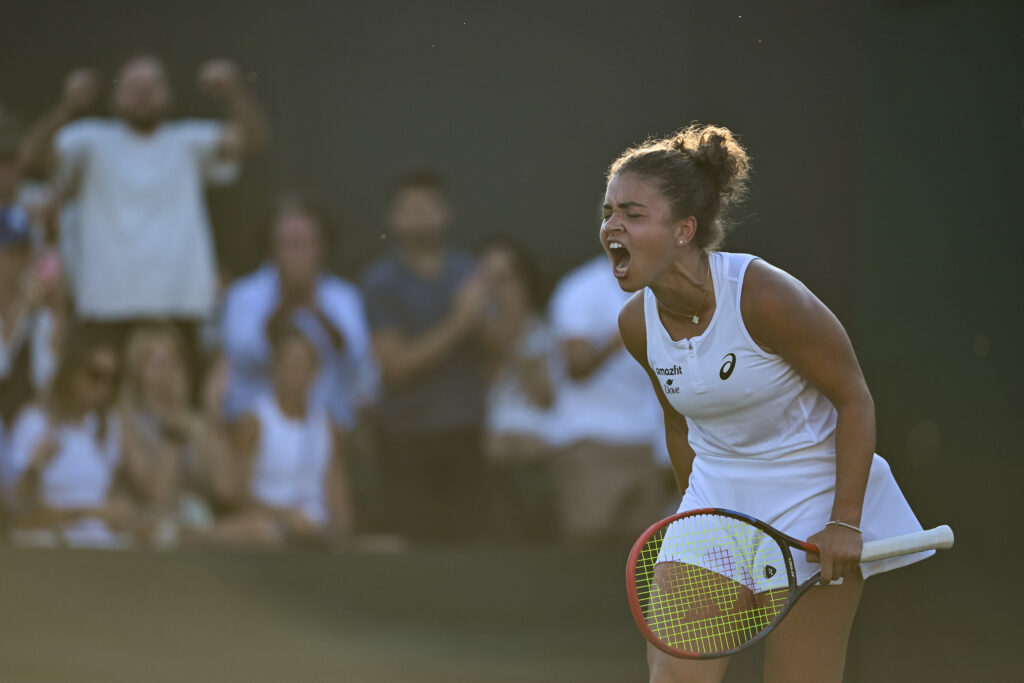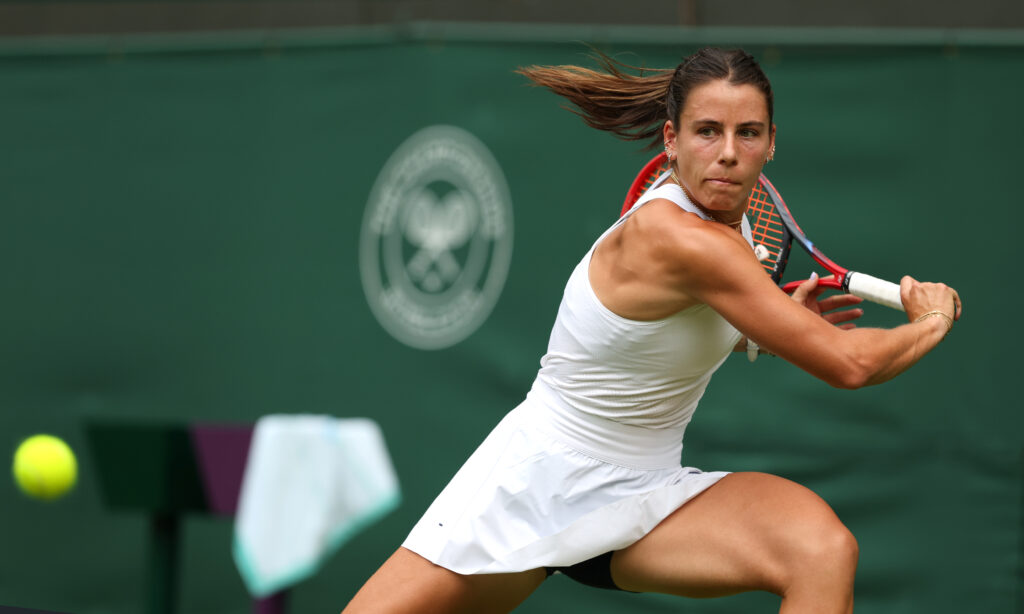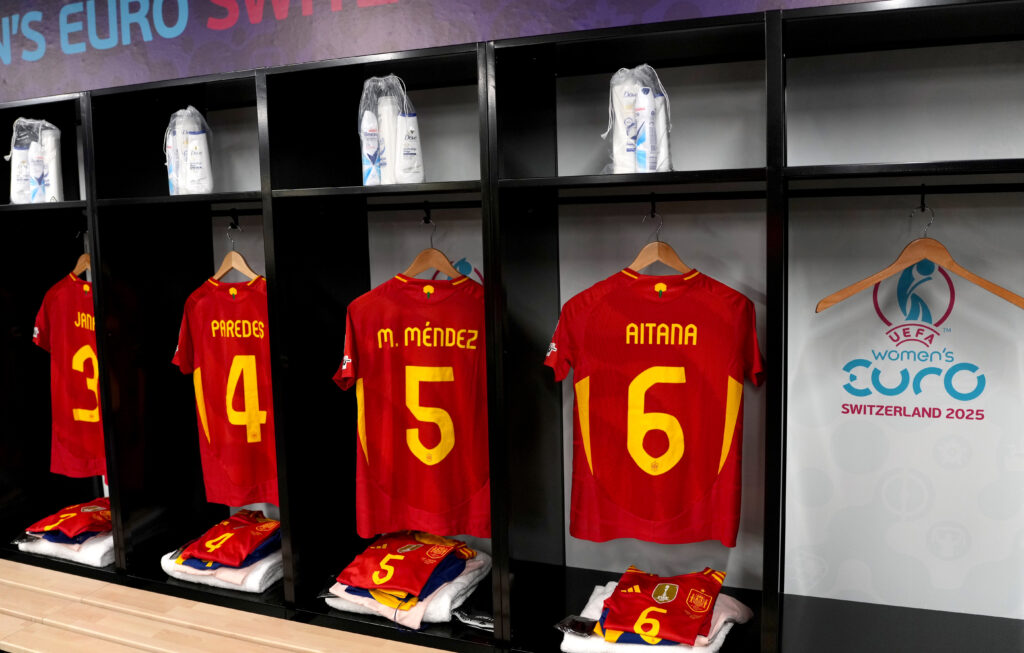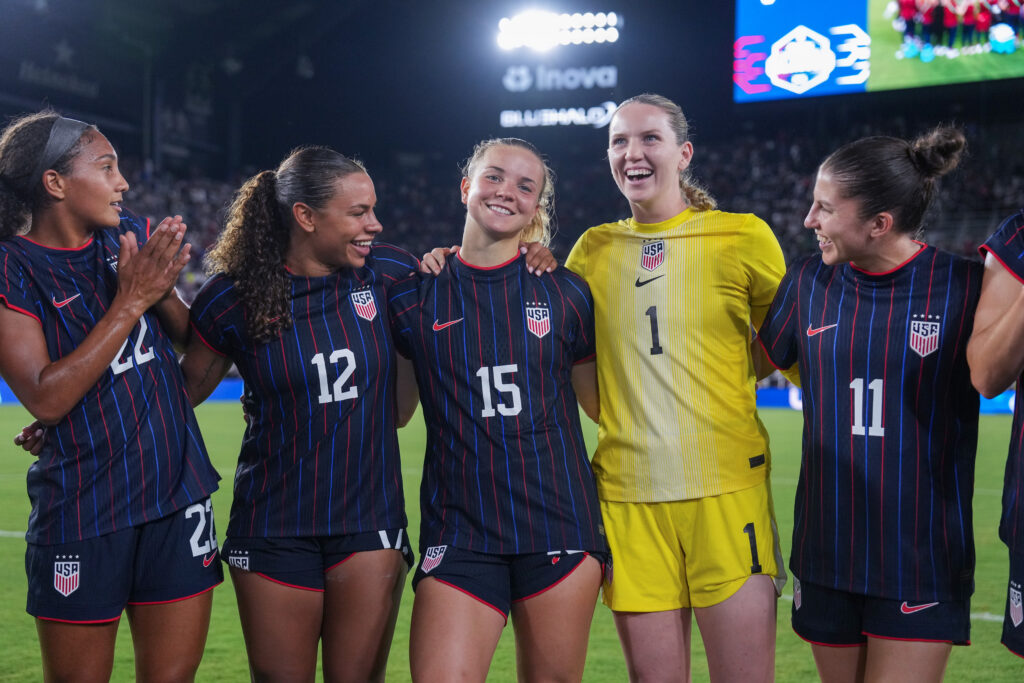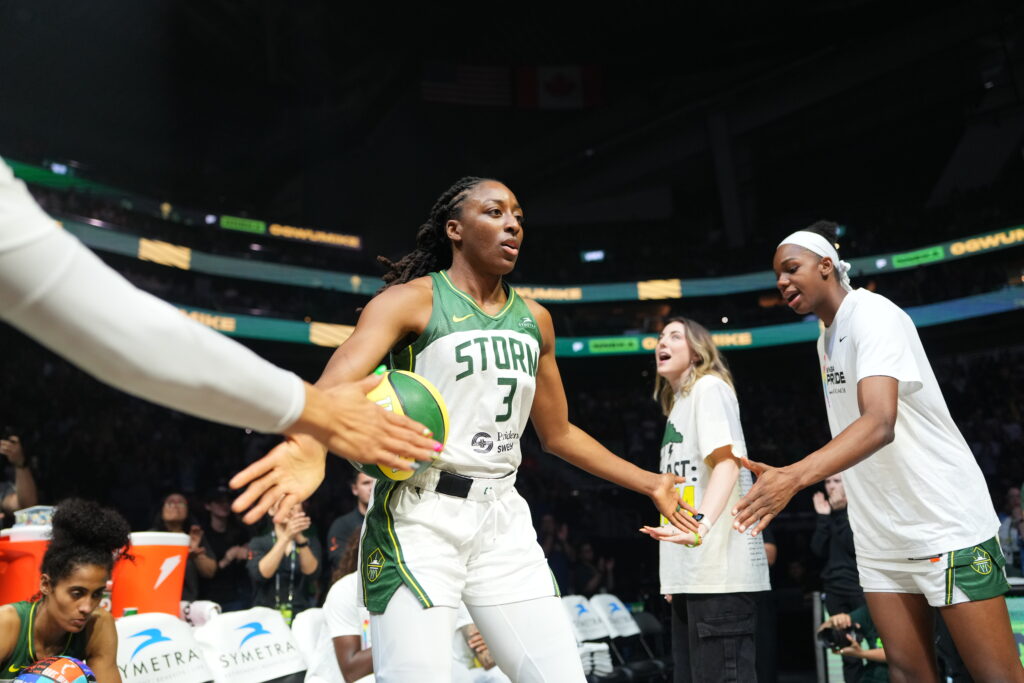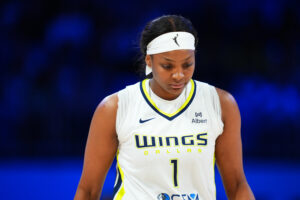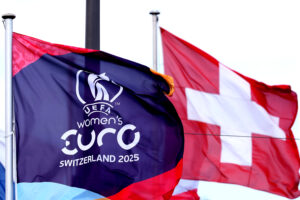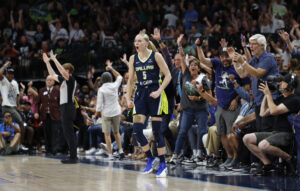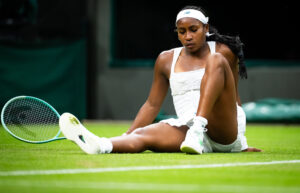The 18-player roster for the United States women’s national team’s Olympics campaign has finally arrived.
Coach Vlatko Andonovski has put together a roster that has as good of a shot as any at winning gold in Tokyo. With the inevitable snubs and surprising inclusions, here are our five takeaways from the roster selection.
1. Kristie Mewis’ redemption story leads to first Olympics
It’s hard to forget the journey Mewis has taken to get to this point — getting cut from the national team, bouncing around NWSL teams, tearing her ACL. But Mewis didn’t let any of those things deter her, and eventually she made her way back onto the national team in 2020, scoring a goal in her first game back against the Netherlands.
Now, the Houston Dash midfielder will have a chance to win gold with the U.S. as the only player who was not on the 2019 World Cup team. It also marks the first time that sisters will represent the U.S. on a world championship roster at the senior level, as younger sister Sam also made the team.
2. The Midge Purce snub
Purce made her case for inclusion during the USWNT’s Summer Series, but it just wasn’t enough for the forward to make the cut. A creative playmaker who can make things happen, Purce was asked to play a new position, leaving her to try to make the team as a defender. Through the transition, she showed her versatility in being able to adjust and move around the field. Andonovski said as much following the team’s win over Jamaica in the Summer Series.
Andonovski also said Purce could have been more patient and in step with the pace of the game. When considering the average age of the players on this roster, inexperience might have been the biggest factor in Andonovski’s decision to leave Purce off the team.
3. How healthy are Tobin Heath, Julie Ertz and Rose Lavelle?
Leading up to the roster selection, the biggest question was whether Tobin Heath and Julie Ertz would be healthy enough to play in the Olympics.
Heath has been sidelined since the beginning of 2021 with a knee injury she suffered while playing for Manchester United. Ertz hasn’t played since a May 16 Red Stars game because of an MCL injury. With Andonovski naming both of them to the roster, it appears they will be ready to go in time for the Olympics. Not only do Heath and Ertz bring experience, but they also provide depth and playmaking ability. Heath re-joined the team during training camp in June, and Ertz is expected to join them for the Send-Off Series in July.
Meanwhile, Lavelle rolled her ankle in the Summer Series game against Jamaica and missed the final game against Nigeria. Andonovski said she rested out of precaution, but it’s noteworthy that Lavelle didn’t play in the most recent OL Reign game against Chicago.
Only time will tell how healthy these players really are, but when considering the value each of them brings to the table, it’s hard not to justify their inclusion.
4. No need to worry about the alternates
In the event that any of Heath, Ertz or Lavelle are unable to play, Andonovski has assembled a stacked group of alternates. Catarina Macario or Lynn Williams could step in at any time and fill holes at midfield and forward. Goalkeeper Jane Campbell and defender Casey Krueger also have significant international experience, having played for the U.S. in FIFA Youth World Cups.
Macario arguably could have taken over Kristie Mewis’ spot on the roster, but experience ultimately won out — Mewis brings a certain level of game-readiness that Macario just doesn’t have yet. As Claire Watkins pointed out last week, Macario is the future and the experience she gains as an alternate will be valuable when she gets her official shot.
5. Experience, experience, experience
The team’s average age will be 30.8 when they kick off their first match on July 21. The average number of caps stands at 111. Carli Lloyd, who turns 39 on July 16, will be the oldest-ever U.S. women’s soccer Olympian — nearly two years older than Christie Rampone was when she played in the 2012 Olympics.
At 22 years old, Tierna Davidson is the youngest player on the roster. That represents a stark contrast from 2016, when then-coach Jill Ellis took 18-year-old attacker Mallory Pugh, 22-year-old Lindsey Horan and 24-year-old Crystal Dunn to Rio. All three were making their first major international appearances that year for the USWNT. This time around, the 18 players on this roster have made a combined 2,004 national team appearances.
Honorable mention
Casey Krueger’s inclusion on the alternate list garnered more attention than most would expect from a reserve lineup.
The Chicago defender’s presence on the roster did come as a bit of surprise since she missed the most recent Summer Series, but she does help make up for a lack of depth at outside back. For years now, the USWNT has relied on converting wingers to the outside back position, and in the case of Crystal Dunn, the move has paid off. But in a short tournament like the Olympics, it’s important that the USWNT has a tried and true defender in the ranks, especially if Kelley O’Hara or Dunn go down with an injury. The 26-year-old is a defender’s defender, something that has become increasingly valuable on the USWNT squad.
